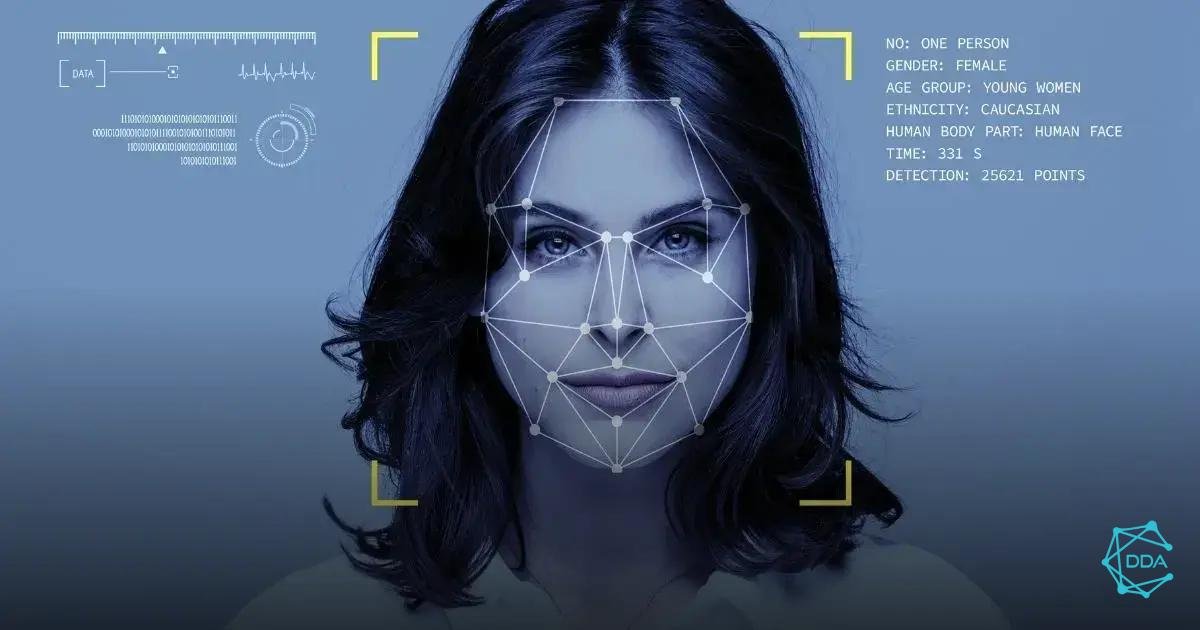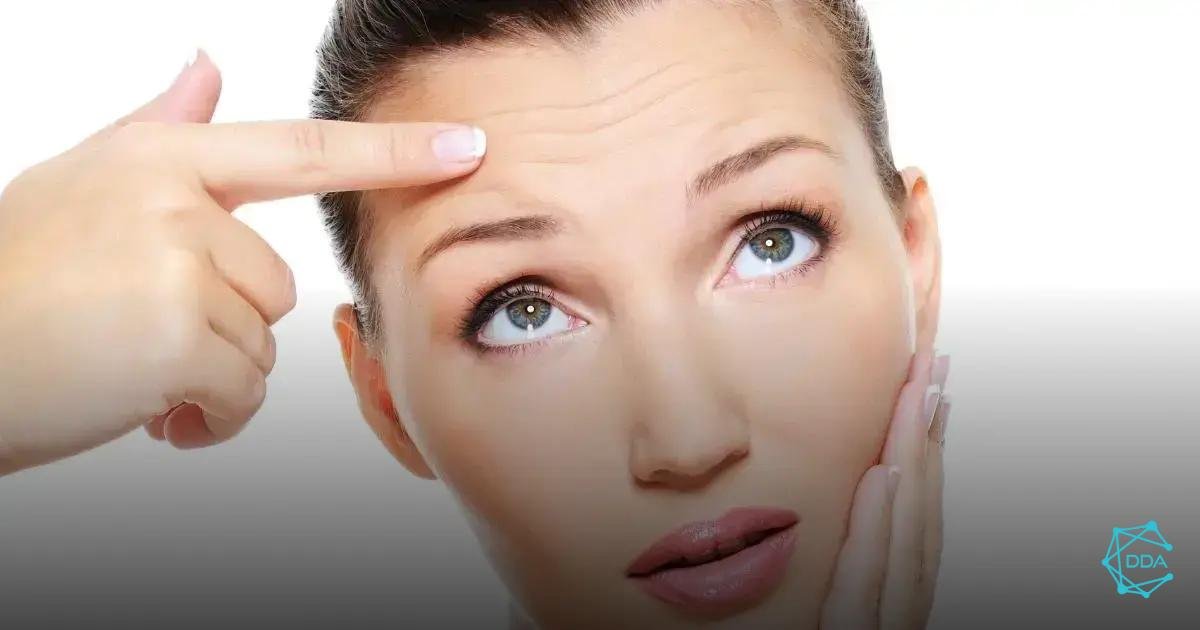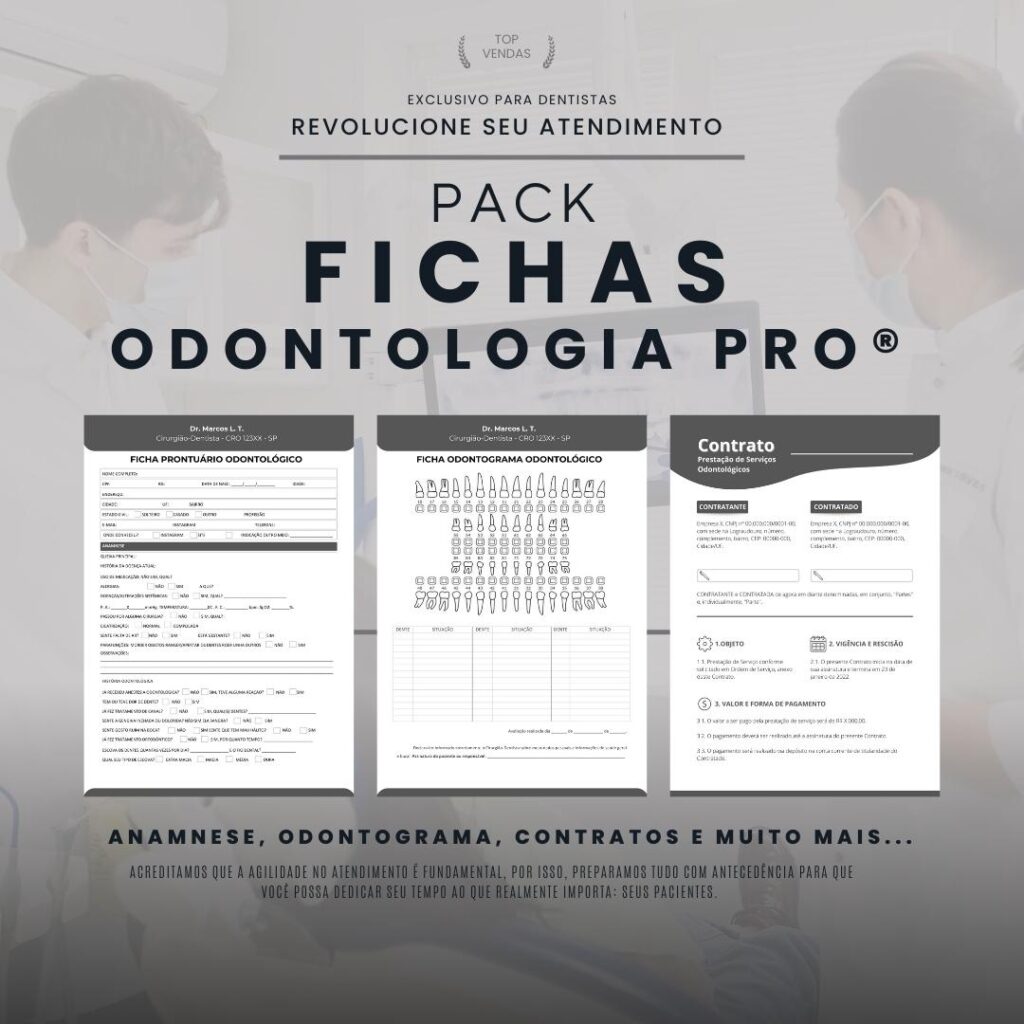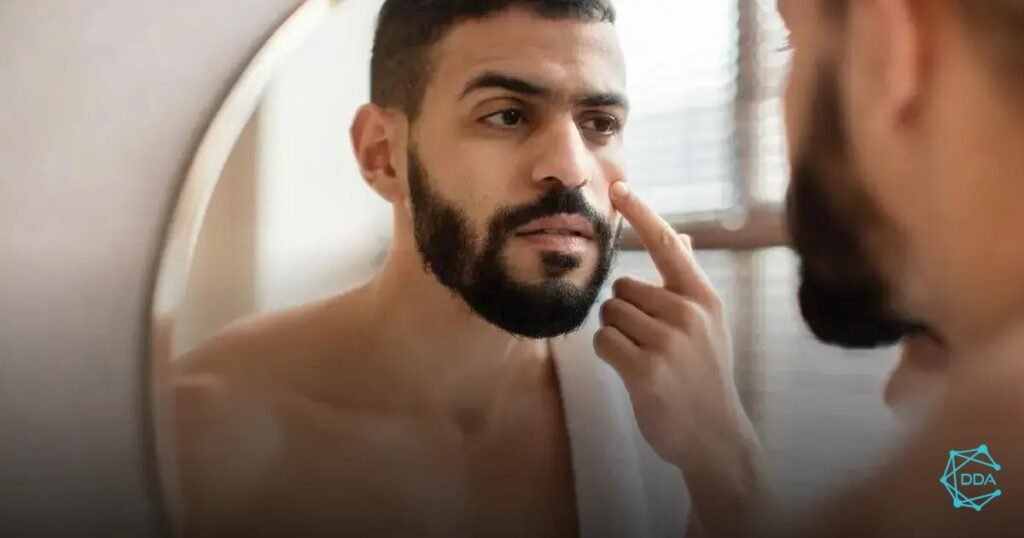A visual identity for facial harmonization is essential for professionals who want to stand out in the market. In this article, we'll discuss the importance of a strong visual identity and how it can influence clients' perceptions. You'll learn practical tips for developing your brand and attracting more patients. Keep reading and transform your approach to facial harmonization.
What is visual identity and why is it important?


What is visual identity and why is it important?
A visual identity refers to the set of graphic elements that represent a brand or a professional. This includes logos, colors, typography, and other visual aspects that help build a brand's image in the market. For professionals facial harmonization, having a well-defined visual identity is crucial. It not only sets you apart from the competition but also conveys trust and professionalism to your customers.
A strong visual identity helps create an emotional connection with your target audience, facilitating brand recognition and recall. When customers see visual consistency across all your marketing materials, from business cards to social media, they feel more confident choosing your services.
Investing in a quality visual identity is a way to make your facial harmonization practice stand out and attract more patients. Furthermore, a good visual identity can be a competitive differentiator in an increasingly saturated market.
To learn more about developing an impactful visual identity, consider exploring the courses available at Full Face Academy, which offers valuable resources to enhance your practice.
Step by step guide to creating a cohesive visual identity


Step by step guide to creating a cohesive visual identity
Creating a cohesive visual identity is a process that requires planning and attention to detail. Here are the essential steps to developing an effective visual identity for your practice. facial harmonization:
- 1. Define your brand: Start by identifying your practice's mission, vision, and values. Ask yourself: What does your brand represent? What feelings do you want to convey to your clients?
- 2. Research your target audience: Understanding your customers is crucial. Conduct research to discover their preferences and expectations regarding visual identity.
- 3. Choose a color palette: Colors have a huge impact on the perception of your brand. Choose a palette that reflects your practice's personality and appeals to your audience. Colors like blue and green convey confidence and tranquility, while more vibrant hues can convey dynamism.
- 4. Create a logo: Your logo is the visual representation of your brand. Invest in a professional design that's simple, memorable, and communicates the essence of your practice. A good logo should work well across multiple platforms, from business cards to social media.
- 5. Define typography: Font selection is another important aspect of visual identity. Choose typefaces that are legible and complement your logo and color palette. Consider using a primary and secondary font to create hierarchy in text.
- 6. Create marketing materials: Once you've defined all your visual elements, start incorporating them into your marketing materials, such as business cards, brochures, and social media posts. Consistency is key to reinforcing your visual identity.
- 7. Review and adjust: Once you've implemented your visual identity, it's important to review it periodically. Get feedback from customers and make adjustments as needed to ensure your brand remains relevant and engaging.
To deepen your knowledge of marketing and branding in the area of facial harmonization, explore the courses available at Full Face Academy, which offer valuable content to improve your practice.
How customizable artwork helps strengthen your brand


How customizable artwork helps strengthen your brand
To the customizable arts play a crucial role in building and strengthening the visual identity of professionals facial harmonizationThey allow you to create consistent and compelling visual communication that stands out in a competitive market. Here are some ways customizable artwork can benefit your brand:
- 1. Visual consistency: By using customizable artwork, you ensure that all marketing materials, such as social media posts, banners, and flyers, maintain a consistent visual style. This helps reinforce your identity and make your brand more recognizable.
- 2. Flexibility and adaptation: Customizable artwork allows you to quickly adapt your content to different campaigns or events while maintaining your visual identity. This is especially useful for seasonal promotions or new service launches.
- 3. Increased engagement: Compelling visual content is more likely to be shared and commented on on social media. By using customizable art, you can create posts that capture your audience's attention and encourage interaction, increasing your brand's visibility.
- 4. Professionalism: Using high-quality, customizable artwork conveys professionalism and care in presenting your brand. This can influence customers' perception of the quality of the services offered.
- 5. Identification with the public: Customizable artwork allows you to create content that resonates with your target audience. By adapting visual communication to your customers' preferences and needs, you establish a stronger emotional connection, which can result in greater loyalty.
To access a variety of customizable arts that can help strengthen your facial harmonization brand, explore the resources available in Full Face AcademyThese materials can make a big difference in your marketing strategy.
Examples of effective visual identities


Examples of effective visual identities
An effective visual identity can make all the difference in how customers perceive a brand. Here are some examples of standout visual identities in the fashion industry. facial harmonization and that can serve as inspiration for your practice:
- 1. Renowned beauty clinics: Many beauty clinics use a soft, elegant color palette, combined with minimalist logos. This approach conveys sophistication and professionalism, attracting clients seeking quality treatments.
- 2. Beauty product brands: Brands that offer facial harmonization products often have visual identities that reflect innovation and modernity. They use bold typography and eye-catching graphic elements, generating interest among consumers.
- 3. Independent professionals: Many independent facial harmonization professionals create visual identities that reflect their personality. This can include custom logos and marketing materials that tell a unique story, helping to establish a more personal connection with clients.
- 4. Social networks: Instagram and Facebook profiles that use customizable art with a cohesive and attractive aesthetic stand out. Combining high-quality photos with consistent visual elements helps create a memorable and recognizable brand.
- 5. Promotional campaigns: Some clinics and professionals use customizable art in their promotional campaigns, creating visually striking content that captures the attention of potential clients. This can include banners, flyers, and social media posts that reflect the brand's visual identity.
These examples show how a well-planned visual identity can positively impact your brand's perception. To develop your own visual identity, consider exploring the courses and resources offered by Full Face Academy, which can help improve your facial harmonization practice.
Tips for maintaining consistency in visual identity


Tips for maintaining consistency in visual identity
Maintain consistency in visual identity is essential for your brand to facial harmonization Be recognized and remembered by customers. Here are some practical tips to ensure your visual identity remains cohesive across all touchpoints:
- 1. Create a visual identity manual: Document all elements of your visual identity, such as color palette, typography, logo, and image style. A manual serves as a guide to ensure all marketing materials follow established guidelines.
- 2. Use customizable templates: Use templates for your social media posts, business cards, and other materials. This makes it easier to apply your visual identity consistently, saving time and effort.
- 3. Train your team: If you work with a team, it's important that everyone is aligned on the brand's visual identity. Provide training so everyone knows how to correctly apply visual elements to their communications.
- 4. Check the quality of the images: Use high-quality images that align with your visual identity. Consistent image quality helps convey professionalism and attention to detail.
- 5. Periodically review: Conduct regular reviews of all marketing materials to ensure the visual identity is being applied correctly. This may include updating customizable artwork and reviewing social media posts.
- 6. Keep communication clear: Your visual communication should reflect your brand's personality. Use language and style that align with your visual identity across all communication channels.
- 7. Follow the trends: Stay on top of design and marketing trends, but always adapt them to your visual identity. This helps keep your brand fresh and relevant without losing its essence.
To deepen your knowledge of visual identity and branding, consider exploring the courses available at Full Face Academy, where you will find valuable resources to enhance your facial harmonization practice.






